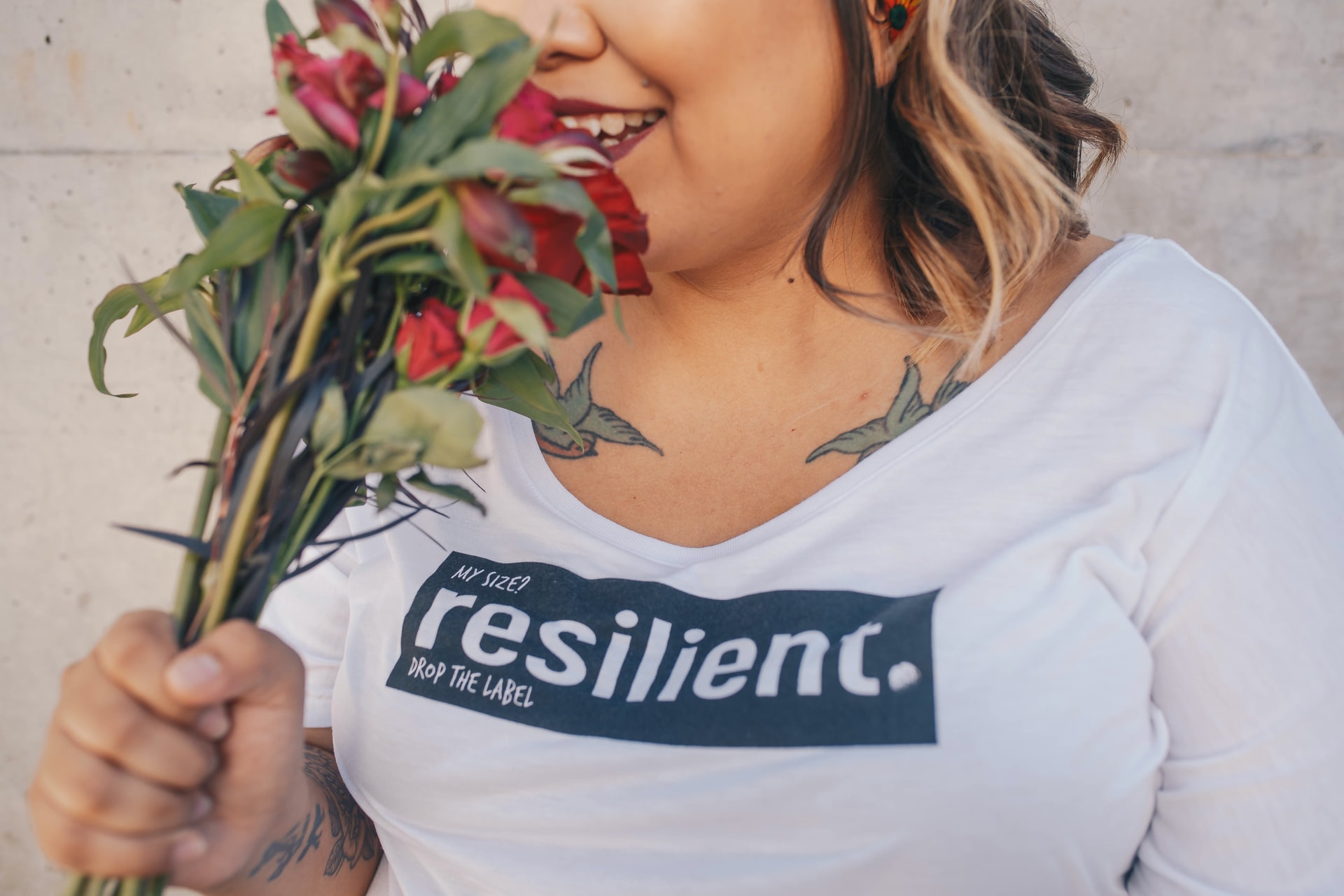Over a year or more spent in lockdown, we’ve had more time with ourselves and our bodies than we’re used to – whether that be more time for self-care, enjoying the foods we like, or starting new hobbies like cooking or baking. The pandemic changed the way we looked at things and it also brought up some topics that we dread talking about, such as body image.
Body image refers to how a person views their own body or how others see them. Additionally, we have behaviours that can change our bodies and associated thoughts about our bodies. Like diet and exercise and insecure thoughts that may lead to lower self-esteem when we judge the extra weight on our hips to be unattractive. Firstly, before you read the tips on how to practice a positive body image, we need to tackle stigmas around being overweight or underweight and how it’s deemed unattractive.
The stigma surrounding overweight individuals is often thought to be down to the media. From The Mental Health Foundation survey in 2019 – one in five UK adults said images on social media had caused them to worry about their body image, with over a third of UK adults feeling anxious or depressed because of body image concerns. However, it wasn’t just social media that led to individual body image issues, reality TV did too. From a survey by YouGov, one in four people aged 18-24 said watching reality television makes them feel worried about their bodies. There was large criticism of the ITV show Love Island, which was popular among young people and featured a group of 20-somethings in bikinis and swimming trunks who ‘couple up’ to win £50,000 and a place in the limelight after the show.
Now this isn’t gospel and the media aren’t always a problem but there’s clear evidence to show there’s a connection between body image issues and the media. It’s important to remember that the images we see around us in a media-saturated society – on transport adverts, our social media feeds, and commercials on TV – are often edited and Photoshopped with several filters changing the original photo. This is referred to by the American author, Naomi Wolf, as the ‘beauty myth.’ They’re changed to fit a normalised ideal of what an attractive person looks like. For men, this is often a six-pack and muscles and for women, it’s an hourglass ideal who’s size 4 to 6. It’s impossible and that is the point. You’re never going to achieve something that ISN’T real. The sooner we expose the problem, the sooner we can work on a solution.
I’m not saying that as a teenager, I always think positively about my body but there are tricks I’ve picked up over lockdown to help me think differently. Reminding yourself that your legs allow you to walk, run and dance, that a little extra weight keeps your body warm, and that your body is what keeps you alive. Start to see yourself as an individual who isn’t defined by your appearance but by your personality, strengths, and talents. These make you who you are too. Work with your body and not against it – pick clothes that show your body and are comfortable, not items that hide it like baggy t-shirts and joggers (this can be hard at first as loungewear has been a go-to but believe me, it’s a process). Stop following the celebrities or people that you compare yourself to on social media and if that’s a hassle, start by limiting your social media interaction with apps that make you critical about your body. Instead of running to lose weight, run because you enjoy the music you play and seeing those dogs bound past with their owners. Body image doesn’t always have to be negative.

